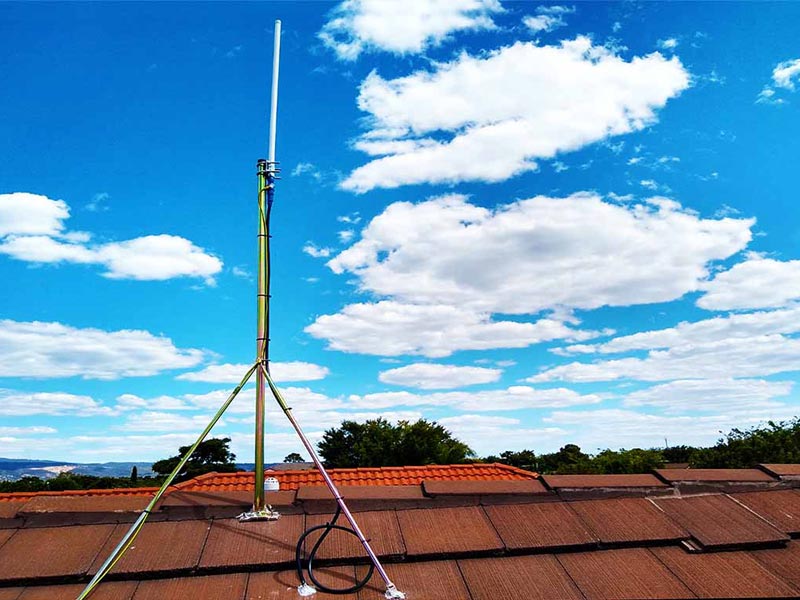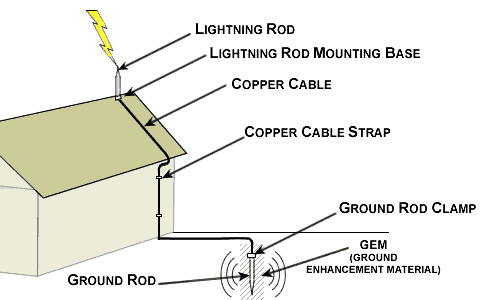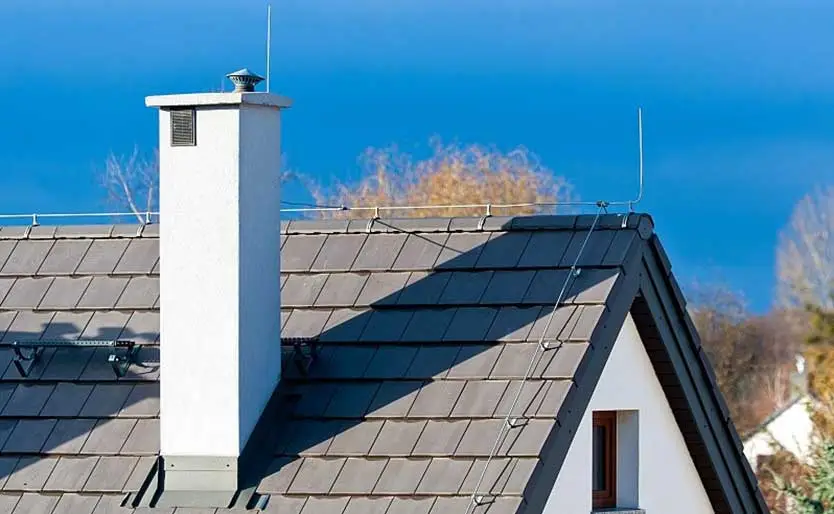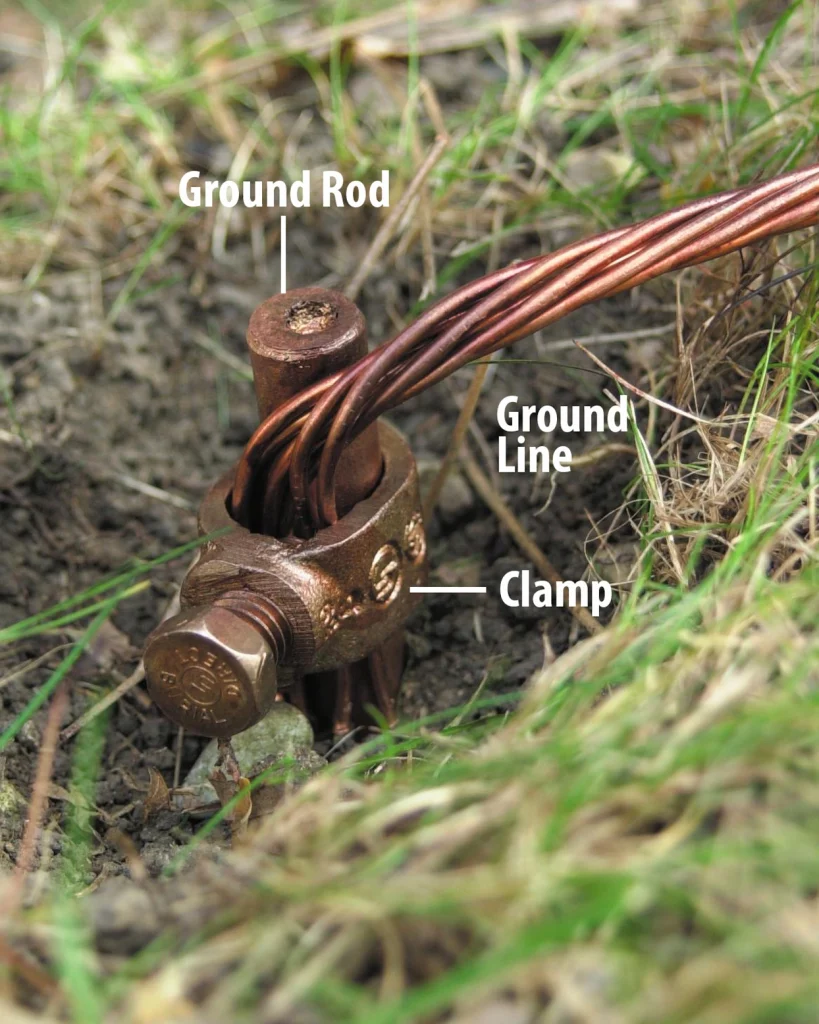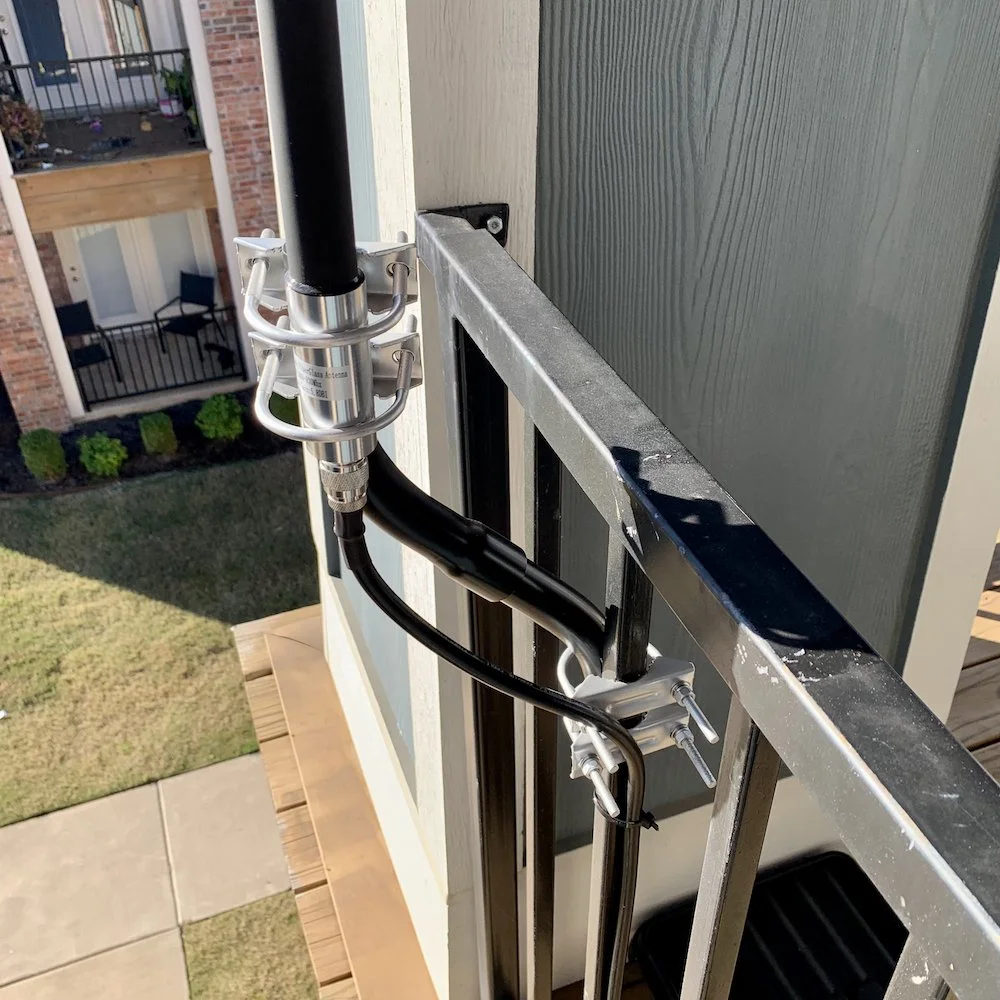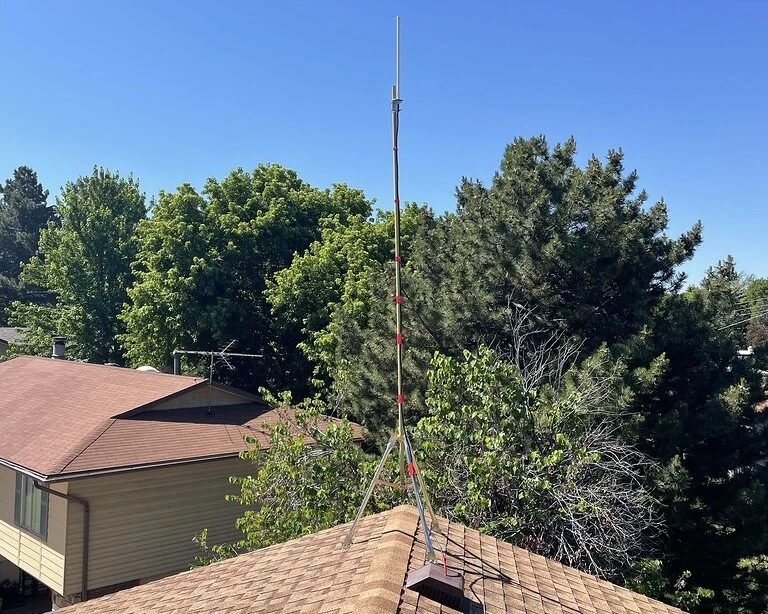Grounding an antenna is the establishment of a connection running from the antenna into the ground (the literal ground). It may sound new to someone unfamiliar with electrical works. However, grounding is usually required, regardless of the manufacturer’s packaging inscriptions, by Local Electrical codes. It may be difficult for a person with little to no knowledge about their area code to do a DIY grounding of their antenna. There are many factors involved, and consultation with a professional is crucial even before installation.
Can A Helium Antenna be Grounded?
Yes, it can. Any antenna can be grounded. While some helium antennas require manual grounding using a lightning surge protector, some come with ground protection built into the antenna frame. Typically, regular TV antennas require grounding to minimize interference and prevent lightning damage. Helium antennas are used for a different purpose but still need grounding for similar reasons.
Why Do Helium Antennas Need a Ground?
Helium antennas, like all other antennas, require grounding. There are two significant reasons why you need a ground helium antenna.
- Safety Reasons: Helium Antennas are metallic, and they could become energized with electricity at any point in time. It is a common fear that if the antenna is connected to a device with electrical issues, it may come alive (with live voltage). It has happened before where the voltages accidentally turn the antenna into a live power line. This was a very dangerous situation and should be avoided through grounding.
- Natural Phenomenon (Lightning): Lightning rods are used to ground homes in case of lightning. It prevents electricity from finding its way through the house which is very dangerous. The same situation applies when grounding a helium antenna.
Lightning can strike at any time or any place. It would be best to ground your antenna to form a path to the earth for the lightning to travel. Now, it is not assured to prevent damages from occurring, but it surely reduces the detrimental effects when lightning strikes.
How Do You Ground A Helium Antenna?
Essentially, you will need a professional installation to ensure the helium antenna is grounded. Sometimes, doing it the right way without overthinking it, is the best way. Also, some helium antennas come with a lightning arrestor. A lightning arrestor makes a connection between the antenna cable and the antenna. With this connection, it allows radio frequency signals from one medium to another. The path created acts like a fuse because once there is too much power, the wire breaks. On the other hand, if you know what you are doing, here is the general grounding process.
1. Get a ground copper wire. A sheathed or bare write would be fine. The price is dependent on how long you require the run to be. A 15-foot run would be much cheaper than a 40-foot run.
2. Find or get a grounding rod. The grounding rod would need to stay damp because dryness can largely reduce the effectiveness of the setup. Depending on the electrical codes in your building or the local area, you should be able to use plumbing that is bonded and grounded correctly.
3. Not all plumbing can be used. You should not connect to any old plumbing system as it could energise the old system with electricity. It has to be a copper pipe or galvanised steel water main located in the ground (this is usually easily accessed through the basement).
4. Create your ground helium antenna. When you have gotten everything in place, run your ground wire from a connection point on your helium antenna to the ground rod. While grounding the helium antenna, ensure your grounding wire is fastened tightly to the ground rod. Do not leave space for errors.
Tip: To ground your helium antenna you will require proper bonding and grounding. If your antenna comes painted or coated, scrape it off. This way, the metal ground wire and the metal part of the antenna have optimum contact. Repaint the point of contact after grounding is done.
Helium Antenna on Roof
Mounting your helium antenna outdoors increases the signal strength of your miner. The signal strength is influenced by how far Radio-Frequency (RF) waves are propagated. When unobstructed these RF waves would reach farther. Obstructions (like wood, concrete, and any other material used in the infrastructure of your home) would have a significant impact on the strength of your signal. They could even reduce the energy of the RF waves by fifty percent or more.
Mounting outdoors and as high as possible makes all the difference. So, the roof or anything above your roofline would also reduce obstructions to the RF waves. It is a sure-fire way to keep your miner’s signal strong. The earth tends to absorb RF waves and messes with the signal. So the higher you mount, the better the signal, and that is what the roof offers in most places. However, for safety purposes, ensure you have a ground helium antenna.
Metal roofs in Australia are typically ground as they are made out of metal. So, if your antenna is directly connected to a metal roof you probably don’t need to ground it. But seek professional advice if you are not sure about this aspect.
Conclusion
Helium mining is only successful when you invest in your setup. You can increase your earnings by ranking higher in the pecking order with a good setup. After making an effort to get the best antenna and other equipment, you’ll need to protect your investment. This is why grounding is important. Once your antenna is properly grounded, you have the peace of mind that direct lightning strikes and static electrical charges will not harm your electrical devices.
A grounded helium antenna is essential for both functionality and safety. It is advisable to get professionals who would help you cite, position and ground your antenna. It is much safer and wiser in the long run because they have the right tools and equipment. Not to mention their vast knowledge and expertise, which will significantly reduce the risk of lighting damage.


